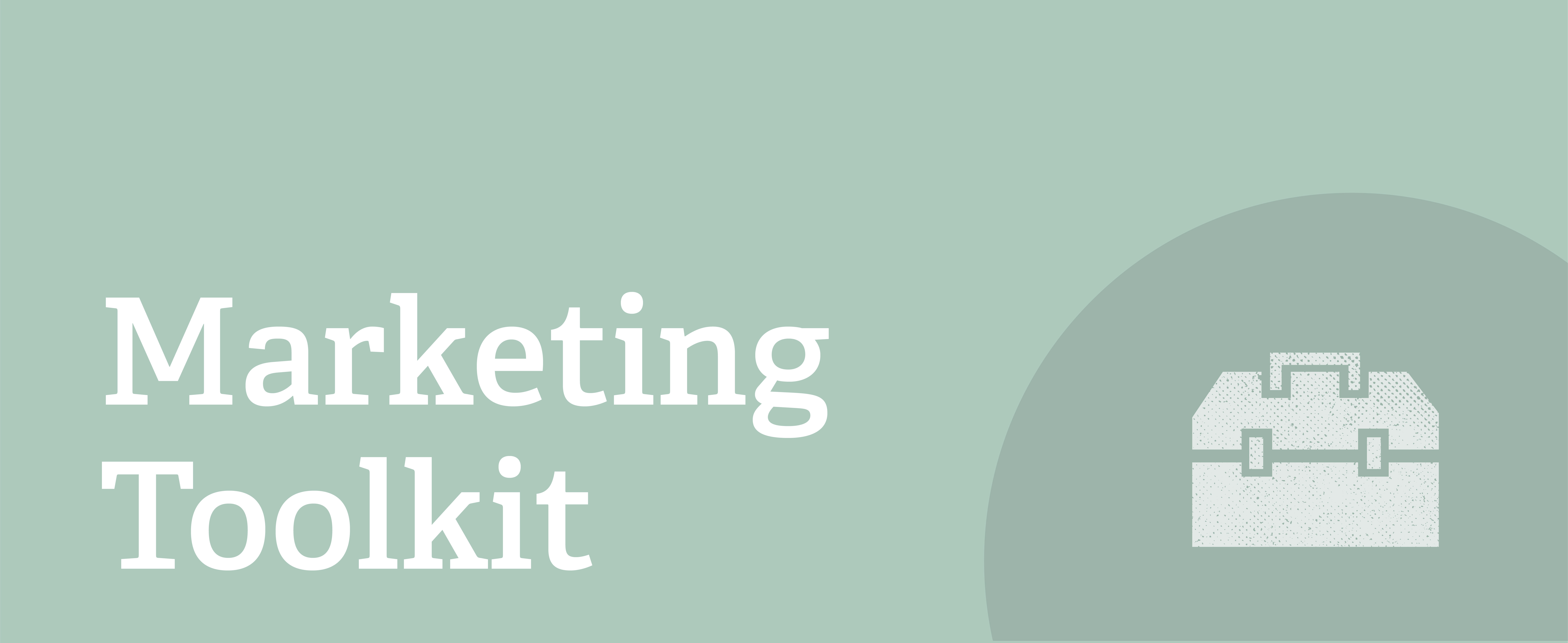An Introduction to User Interface Design
What is a user interface?
User interface (UI), typically associated with UI Design, is the visual aesthetics of a website meant to convey an attractive, positive emotion and, as a compliment to user experience (UX), promotes a responsive and engaging experience for the customer. Branding, layouts, fonts, colors, navigation, animation, ease-of-use, and optimization are all part of a site’s UI.
How does a user interface work?
Using a ‘building a house’ metaphor, the UI design is the curb appeal, the interior colors, furniture, flooring, and hardware used throughout the house that convey style, quality, and encourage engagement through a clean, consistent experience. UI is overlaid on top of a well executed UX architecture, though the two specialties rely on the same underlying research and dependent on one another for a successful site. UI Designers also work closely with brand managers, content writers, digital marketers, and social media managers. The following factors are vital for ensuring a great user interface:
- Know who your customers are
- Empathize with your customers’ needs and understand your internal goals
- Determine if your existing products or services support customer needs
- Map out customer journeys for each customer segmentation
- Organize your information architecture (card sorting exercises, site map, wireframes, etc.)
- Collaborate with a UX Designer and development partner to create a design that is visually appealing, responsive, accessible, easy to use, and fast
- Align robust brand, content, and outreach strategies
- Test and refine your designs, layouts, and content strategy with defined user groups
What are the benefits of a good UI?
A successful UI can be validated through the use of user testing, UX research, analytics, and lead-nurturing efforts.
What role does UI play in your marketing strategy?
Everything a customer interacts with needs to have a consistent brand language, style, and messaging—from the first ad, email, or social post the customer receives, eventually driving them to explore your website and the products or services your company is promoting. The UI designer’s role is to ensure the visual identity and interaction at all of the various touch points, including the consistent navigation and logical flow of content and information, is a pleasant and engaging one. The more positive this experience, the greater number of leads you will attract, as well as an increase in repeat visitors to your site, all of that which eventually result in brand advocacy.
Keep Reading
Learn more about related tools, methods, and best practices in the Marketing Toolkit:
